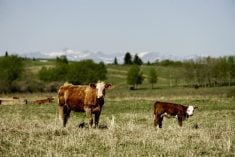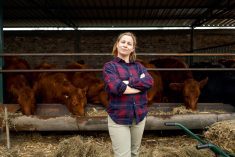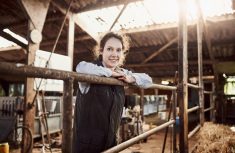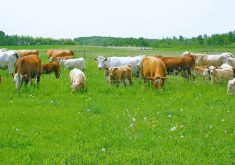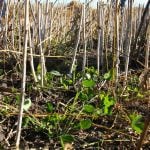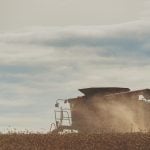When considering the succession plans for our operations it seems we often focus on setting the stage and paving the way for those entering the business and taking over. Often we overlook the exit. Retirement is not the best word in my mind. Perhaps we should call it a redirection of energy, refocus or gear shift.
For those of us in agriculture, the traditional retirement is really beyond comprehension. So much of our identity is tied to the operation.
I recall many years ago when a cattle buyer for a large corporation we had worked closely with was turning 65 and set to retire. It was unfathomable for my feedlot-operator dad that on a specific date the buyer’s job would be over. He would receive the proverbial gold watch and be sent on his way. “To do what?” my dad wondered. “Golf?” As a non-golfer, that was hard for him to fathom.
Read Also
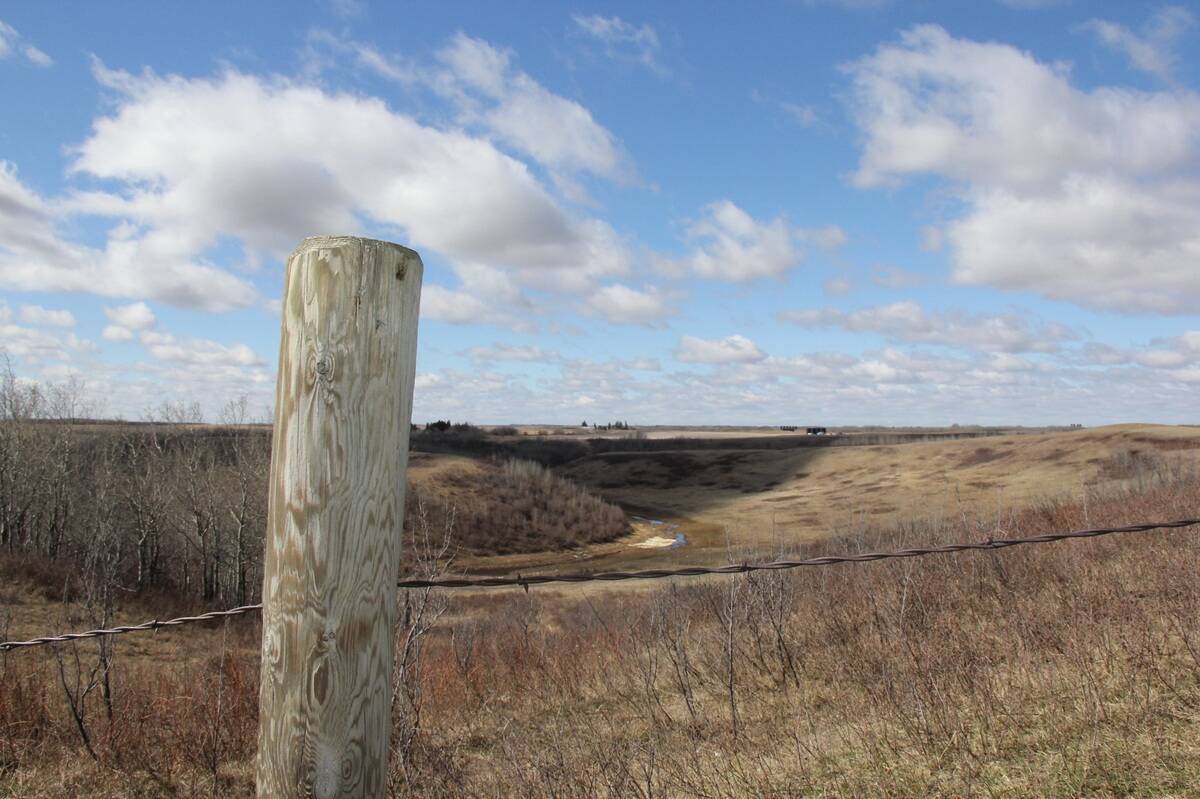
Linking human evolution to leadership on the ranch
Simon Sinek’s new book explains why leaders need to foster a feeling of belonging, trust and co-operation in their organizations
Another with whom I am familiar had an idea of what the process might look like until COVID-19 forced a different path. Where once the “lasts” had been envisioned, it turned out they happened without anyone being the wiser. Not sure if this is good or bad but it certainly had an impact on the process.
Arthur Brooks, social scientist and author of Strength to Strength, refers to the second curve of life. “There is another path, though: Instead of denying change in your abilities, you can make the change itself a source of strength. Instead of trying to avoid decline, you can transcend it by finding a new kind of success, better than what the world promises,” he says.
He explores the inevitable biological decline that happens in the prefrontal cortex of our brain. This part of the brain is primarily responsible for working memory, executive function and inhibitory mechanisms (which are linked with activities such as multi-tasking).
Brooks cites an example that I have witnessed: teenagers studying with a TV on and music in the background, all while texting friends. He points out it is not the younger ones who cannot do this, but the older generation.
He likens the memory recall to a large, crowded library of facts with only a slow assistant to help unearth the details.
But it is not all bad news. As we age, we become better at some things. One is combining and developing complex ideas. Brooks also refers to two types of intelligence. One is fluid intelligence, which is the ability to reason, think flexibly and solve a novel problem — all done better in youth. The second type is crystallized intelligence — and you guessed it — this comes along later in life. “This is defined as the ability to use a stock of knowledge learned in the past,” Brooks says. He suggests relating to the vast information in the gigantic library. This intelligence increases as we age and may not diminish until late in life, if at all. Good news for all the baby boomers out there.
Roman philosopher Marcus Cicero suggested a few things about older age. It is an opportune time for service. A great deal of wisdom has been gained and it is a favourable time for mentoring, advising and teaching others. All are important while transitioning the family business.
Brooks advises being intentional about jumping from the area of fluid intelligence to that of crystallized, accepting some of the physical declines that have occurred. Again, it’s the idea of not looking backward at what we are losing but looking forward to what we are gaining.
In the book It’s Only too Late if You Don’t Start Now, Barbara Sher suggests we should not decide we are too old for something until we truly are. She also advises, “Time is clay. Make something.” And that if you have a big dream, go for it and never believe it is your last. Finally, she says, watch out for premature regrets. Consider these as we continue to focus on the windshield and possibilities ahead of us, instead of the rear-view mirror.
Recognizing the incredible shift required to step out of a role and switch gears is an important part of supporting the transition of our operations. It is an entire identity switch. In the corporate world, there are many resources and supports to help “career/life” change, often involving time to regroup, reflect on what is truly important, and rediscover passions and interests before moving on.
For the feedlot operator to switch gears, it took a significant business operational change to slow down, step on the clutch and coast a bit before finding a new gear. It was not so easy to see all this during the change. But now, many years after the fact, it seems obvious. It was an unintended consequence of a mostly financial decision.
These ideas can be helpful in our multi-generational businesses. Supporting and expanding the strengths of individuals is one component. Mentorship is another. The mentorship does not have to be within families or operations but can be broader in scope. Our family is fortunate to be involved in both the Cattlemen’s Young Leaders (CYL) and the Canadian Western Agribition Next Gen programs.
Recognize that each stage of life and each individual brings an abundance of strengths and interests. We should celebrate and honour them, both on the way in and out.
In the next column, I will share more of the ideas from Strength to Strength.
Kelly Sidoryk ranches with her family just west of Lloydminster, Alta. She consults in a number of areas including succession planning and holistic management.




